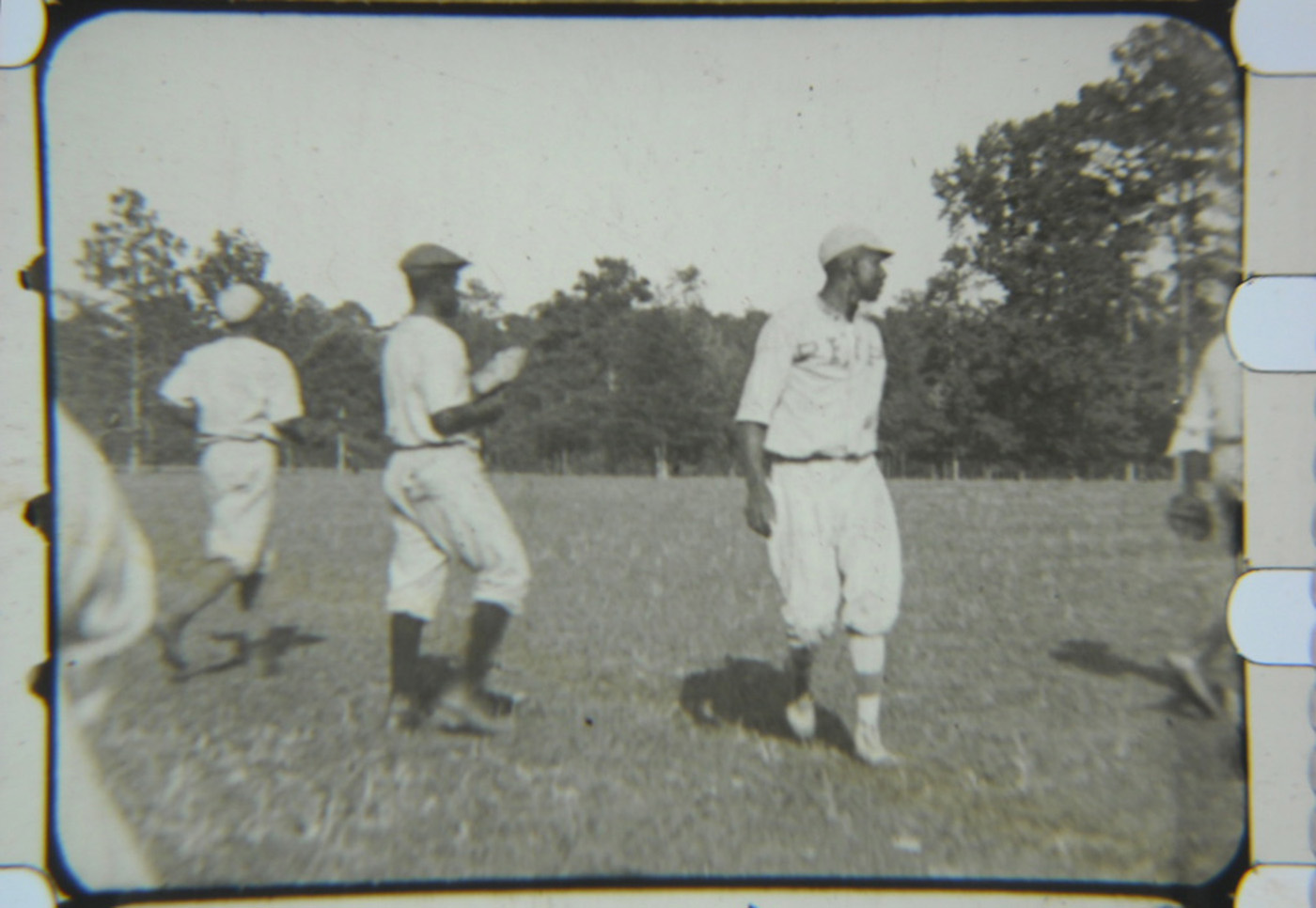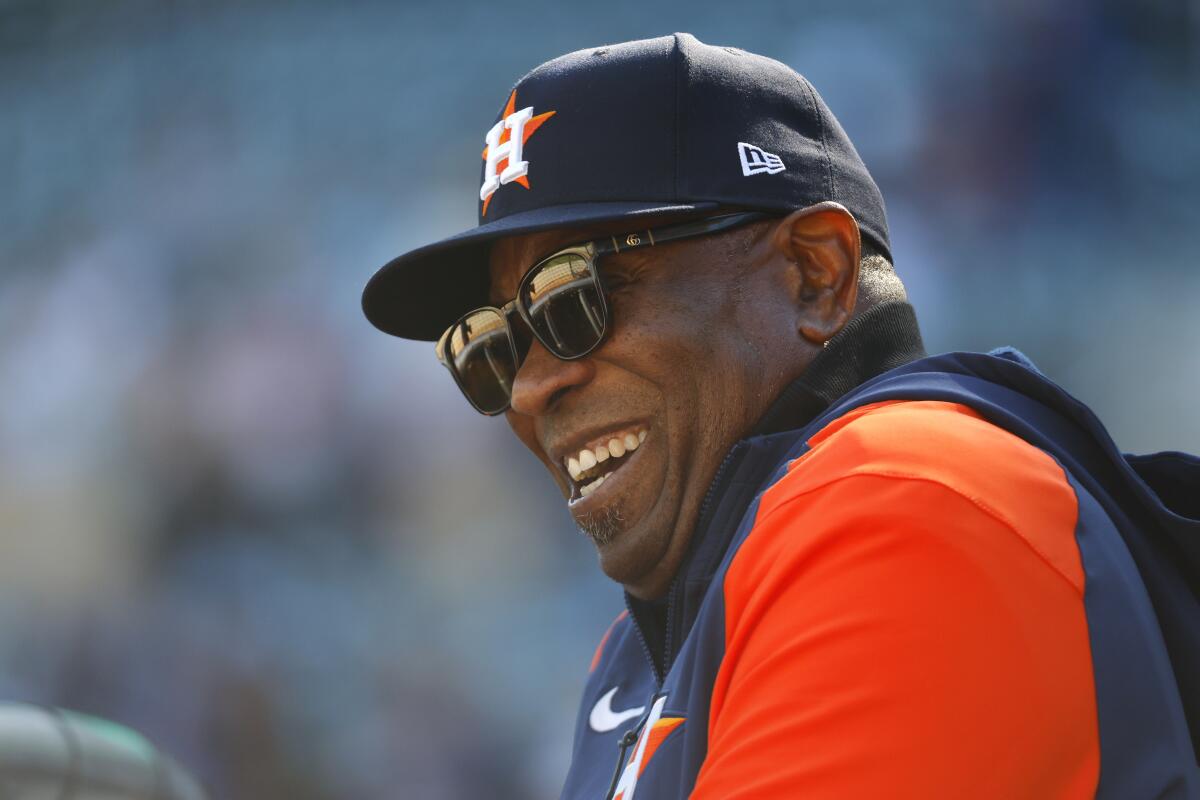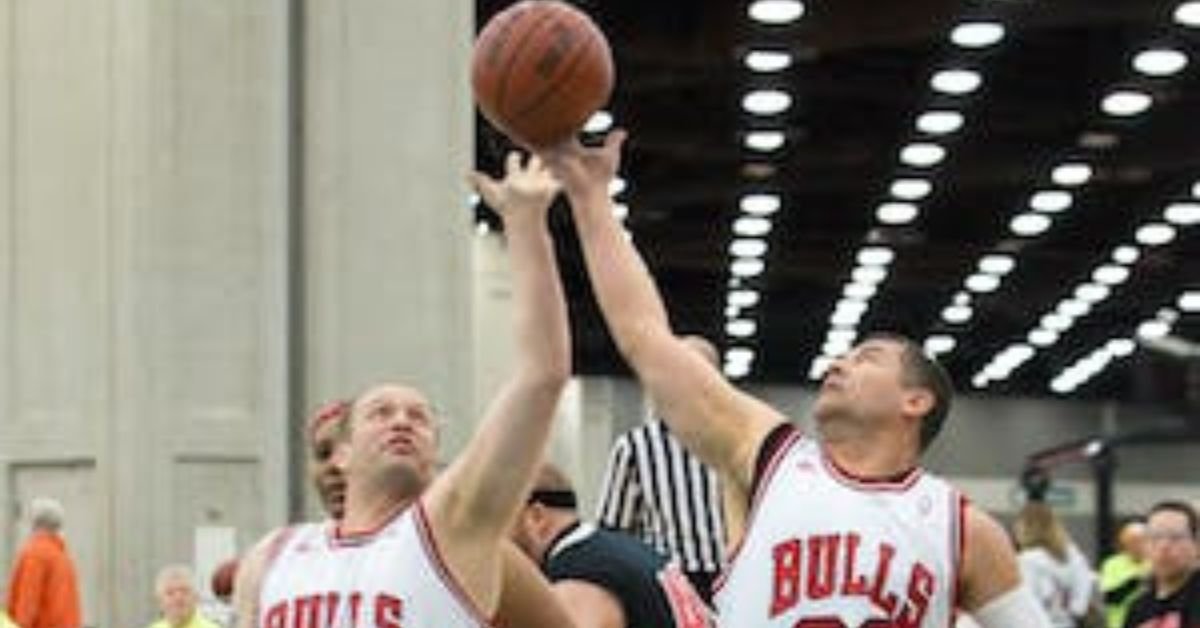What Was Baseball Called Before It Was Baseball?
Before modern baseball emerged, the game was often referred to as “town ball” or “rounders.” The sport saw various names and forms before it evolved into what we now recognize as baseball.
Baseball’s roots can be traced back to England, where games such as stoolball and tut-ball were played, which later evolved into rounders—a term frequently associated with the early versions of the game. As these pastimes crossed the Atlantic, diverse communities in America adapted them into regional variations like town ball.
Early baseball also went by other names such as base or goal ball, reflecting its status as a work-in-progress rather than a fully codified sport. These informal games were played with differing rules and equipment, setting the foundation for modern baseball’s standardized form, going on to capture the hearts of sports enthusiasts and becoming America’s beloved pastime.

Credit: news.uga.edu
Early Stick-and-ball Games: Precursors To Baseball
The sport we know as baseball has deep roots. It evolved over centuries from various stick-and-ball games played around the world. Two early games, Stoolball and Rounders, are key ancestors of modern baseball. Let’s explore these fascinating sports and their influence on the game we love today.
Stoolball: An Ancestral Pastime
Stoolball traces its origins to medieval England. It was often a co-ed sport played by milkmaids and farmhands. Players used a bat to defend a target, typically a stool, from being hit by a ball. The game’s scoring and team dynamics resemble baseball’s basic structure. Historians credit Stoolball as a forerunner to cricket as well as baseball. This game helped shape the team sports we enjoy in today’s world.
Rounders: A Game Across The Pond
Rounders bears a closer resemblance to today’s baseball. This game, popular in Great Britain and Ireland, involved a pitcher, a bat, bases, and rules for running and scoring that would appear familiar to baseball fans. Kids and adults alike played Rounders, spreading its popularity across the countries and setting the stage for baseball’s emergence. The game’s impact is undeniable as it mirrors much of what baseball became.

Credit: www.sandiegouniontribune.com
From Town Ball To Baseball: An Evolution
The game we cherish as baseball underwent many changes before it became America’s favorite pastime. Long before the crack of the bat and the roar of the crowd, a simpler, rougher game united communities. Let’s explore the timeline from town ball to baseball.
The New York Game: Knickerbocker Rules
In 1845, the Knickerbocker Base Ball Club of New York laid down a set of rules. This moment was pivotal in the evolution of baseball. The Knickerbocker Rules included diamond-shaped infields and three-strike counts. They set a framework for modern baseball.
- 90-foot base paths
- Games last 21 outs, or innings
- No throwing the ball at runners
The Philadelphia Version: A Rival Code
Philadelphia also crafted its unique version of town ball. Known for its lively spirit, this variant kept the town ball name. The Philadelphia rules were a blend of the English game cricket and the New York game. Here’s how they differed:
- Bound rule allowed catching after one bounce
- Plugging, or hitting the runner, was accepted
- No limit on innings or player count
These approaches laid the groundwork for baseball to flourish with regional flavors which eventually unified into the sport we love today.
Cricket And Baseball: Cousins In Sport
The tale of two bats, balls, and fields twists through history. Cricket and baseball share more than hits and runs. They’re intertwined, growing from similar roots. Uncurl the pages of sports history, and a story of cross-pollination and divergence unfolds.
Shared Features
Cricket and baseball sit on the family tree of bat-and-ball games. They started as siblings before each took its course. Let’s explore their common elements:
- Two teams: Both games engage in a duel of offense and defense.
- Round bat, hard ball: Essential tools shared across the field.
- Running for scores: Points or runs are scored by players moving between stations.
- Field of play: The diamond and oval shape their unique strategies.
Divergent Paths
From their shared cradle, baseball and cricket ventured apart. Baseball favored speed and strategy on a square diamond. Cricket kept its leisurely pace around the grassy oval. Their audiences and cultures blossomed uniquely. Here’s how they differ:
| Baseball | Cricket |
|---|---|
| 9 players per team | 11 players per team |
| Pitched ball to hit | Bowled ball to defend |
| 4 bases | 2 wickets |
| Short, intense games | Matches can last days |
Influence Of Cricket On Early Baseball
Early baseball looked to cricket and borrowed its clothes. Stumps turned into bases. The bowler’s arm adapted into the pitcher’s throw. Here’s how cricket left its mark on America’s pastime:
- The concept of innings and outs.
- Field positions evolved, like shortstop from cricket’s short fielders.
- Scoring systems took notes from cricket’s runs.
Through this kinship, baseball took flight with a homegrown spirit. Yet, cricket’s whisper remains in the cracks of the bat and cheer of the crowds.

Credit: www.mlb.com
The Massachusetts Game: A Variant Take
Long before modern baseball captured America’s heart, a different version of the sport emerged. The Massachusetts Game, also known simply as “The New England Game,” was one of several early forms of baseball played in the 19th century. Distinct from its New York counterpart, it followed its own set of rules and style of play. Explore this historic version of baseball that once had a passionate following in the northeastern United States.
Key Characteristics Of The Massachusetts Game
- Oversized teams: Fielded between 10 to 14 players.
- Bases: Players ran around posts instead of the flat bases we know today.
- Ball in play: The ball could be caught on the first bounce for an out, rather than on the fly.
- Playing field: The field was laid out in a square, not a diamond.
- No foul lines: All hits were considered fair territory.
These features created a game quite different from the baseball we watch today.
Why The New York Style Prevailed
The New York Game, known for its creation of the modern baseball diamond, gained popularity rapidly. Several reasons contributed to its rise over the Massachusetts variant.
- Standardized rules: The New York version had a more systematic set of rules that were easier to adopt.
- Urbanization: It required less space, fitting better into growing cities.
- Exciting gameplay: Spectators preferred the faster pace and challenge of catching the ball on the fly.
- National reach: As the New York version spread, it unified different rulesets into a single game.
These factors helped establish the New York style as the definitive form of baseball, leading to the sport we embrace today.
Cultural Roots Of Baseball
Baseball is an integral part of American culture, known as the nation’s pastime. Yet, its origins stretch far beyond the first official game. The sport evolved from older bat-and-ball games, which were informal and varied by region. In exploring its cultural roots, we find a tapestry of influences that shaped the game we know today.
Immigrant Contributions To The Sport
Early forms of baseball, like the English games of rounders and cricket, set the stage for the modern sport. As they arrived, immigrants brought these games with them. Their traditions merged and evolved into a uniquely American pastime.
The game known as “Town Ball,” “Base,” or “Base Ball” in the United States reflected the melting pot of its players. Each group contributed their rules and style, enriching the sport. This rich blend of ideas eventually solidified into the sport we recognize today.
Baseball’s Reflection Of American Society
Baseball mimics the cultural and social dynamics of American society. From its early days, the sport allowed players of different backgrounds to stand together on the same field. It became a symbol of unity and the democratic spirit.
The game has evolved alongside the nation, with its history intertwined with significant social issues such as racial segregation and integration. This interplay between the sport and the American narrative has led to baseball holding a special place in the nation’s heart.
Iconic Early Baseball Clubs
The early roots of baseball brought forth teams that carved the path for the sport. Before the term “baseball” became the standard, variations of the game played a pivotal role in shaping today’s version. Clubs established during those formative years are iconic, leaving a lasting impact on how the game is played and organized.
Cincinnati Red Stockings: America’s First Pro Team
In 1869, a turning point occurred in baseball history. The Cincinnati Red Stockings emerged, professionalizing the sport. This team set the foundation for the modern clubs we see today. Fans cheered as this club traveled and played against amateur teams, demonstrating the allure of baseball as a professional sport.
- Established: 1869
- Notable Achievements: First fully professional team.
- Legacy: Paved the way for professionalism in sports.
Brooklyn Excelsiors: Pioneers Of The Modern Game
The Brooklyn Excelsiors rose to prominence in the late 1850s. Their influence stretched far beyond Brooklyn. They introduced key elements that shaped modern baseball, including the flannel uniform and the ancestor of the baseball cap. Their dominance in the game influenced many clubs, setting high standards for team organization and gameplay.
| Year Founded | Innovations | Impact on Baseball |
|---|---|---|
| 1854 | Flannel uniforms, baseball cap | Standardized player attire, elevated the sport |
Media Influence On Baseball’s Emergence
Media Influence on Baseball’s Emergence played a pivotal role in the evolution of the sport that America would come to know and love as baseball. Before it dawned its formal name, baseball underwent various transformations and was known by many different monikers. It was the media that ultimately helped standardize its rules and terminology, giving rise to the baseball era.
Newspapers And The Popularization Of Baseball
During the 19th century, newspapers were the main source of information for the public. Their influence on spreading the word about baseball was immense. As the sport’s popularity grew, coverage expanded. This increased the public’s interest and participation in the game. Key moments include:
- Reporting scores and highlights, which made the game accessible to those not in attendance.
- Feature stories on teams and players, which built personal connections with fans.
- Publicizing game schedules in advance, forming community events around matches.
Baseball Cards: Fanning Fan Fervor
Baseball cards initially served as a marketing tool for tobacco companies before turning into collectible items. With colorful depictions of players and statistics on the backs, they became an instant hit with fans. Key impacts of baseball cards involved:
- Generating interest in the personal lives and successes of baseball players.
- Encouraging the collection and trade among fans, increasing fan engagement.
- Creating a dynamic where players were celebrated as local and national heroes.
Official Naming: Who Coined ‘baseball’?
The term Baseball has become synonymous with America’s favorite pastime. But who first used this term? It wasn’t always called baseball; the game evolved from older bat-and-ball games such as rounders and cricket. Its official naming is an intriguing part of the sport’s history.
Tracking The Term’s First Uses
Researchers trace the term’s origin through historical documents. Early references to a game resembling baseball appear in English law as far back as the 18th century. Texts from 1744 refer to similar games by varied names. One of the earliest known uses of the term ‘baseball’ was in ‘A Little Pretty Pocket-Book’ by John Newbery, dated 1744.
This publication aimed at children includes a woodcut illustration and a rhymed description of a game called ‘base-ball’. While this gives us a recorded date, who specifically coined the term remains a mystery. It’s likely that the term evolved organically as the game’s popularity grew among players and fans.
How ‘baseball’ Became The Standard
- Changing rules and game development in the 19th century helped shape baseball into a distinct sport.
- Knickers and Town Ball were some early variants of baseball played in the United States.
- By the mid-1800s, the term ‘baseball’ was widely used in print and conversation in America.
- A key figure in standardizing the game was Alexander Cartwright, often heralded as the father of modern baseball. In 1845, Cartwright’s Knickerbocker Rules outlined the game’s parameters, distinguishing baseball as its own sport.
The establishment of the National Association of Base Ball Players in 1857 further cemented the term. It oversaw the sport’s rules and organized games. This formalized organization, along with popular culture and media coverage, helped ‘baseball’ become the official term for the sport we now know and love.
Rulebooks And Regulations: Standardizing Play
The journey of baseball from a pastime to a national sport required rules and structure. Early versions of the game, like town ball and rounders, lacked consistency. The creation of formal rulebooks was pivotal in transforming a casual game into the highly regulated sport we know today. Let’s explore how these regulations came into effect and shaped the sport.
Crafting The Diamond: Creating Consistent Gameplay
The establishment of a consistent playing field was essential for standardized play. Early baseball fields varied wildly in shape and size. Recognizing this issue, pioneers set forth guidelines outlining specific measurements and features for the field, which is today known as the ‘diamond.’ The diamond’s design included:
- Four bases: equally spaced at 90 feet apart
- Pitcher’s mound: placed 60 feet, 6 inches from home plate
- Foul lines: extending from home plate through first and third bases to the outfield
This uniformity was crucial. It ensured that play could be fair and consistent across different venues.
Codification Of Rules: From The Knickerbocker Club To The Mlb
In 1845, The Knickerbocker Base Ball Club of New York City set a precedent. They drafted a set of rules that marked a turning point in the sport’s history. Their rules featured:
- Nine players per team
- Nine innings per game
- Defined roles for each player
This became the foundation for modern baseball rules. Over time, this framework evolved. Teams and leagues formed until the Major League Baseball (MLB) emerged as the sport’s authoritative body. The MLB continues to refine and enforce the baseball rulebook, maintaining the sport’s integrity and competitive spirit.
Baseball’s Legacy And Modern Interpretations
The game of baseball, as it is known today, has a rich history with roots stretching back to bat-and-ball games. This sport has not only become a critical part of American culture but has also evolved significantly over time. Let’s explore the deep-seated legacy of baseball and its modern transformations.
Baseball as America’s PastimeBaseball As America’s Pastime
Baseball holds a special place in the hearts of Americans. Since its rise in popularity in the late 19th and early 20th centuries, it has been dubbed America’s pastime. The sport reflects a simpler time and connects generations through shared memories of iconic games and legendary players. The smell of the ballpark, the roar of the crowd, and the crack of the bat are engrained in American history.
Beyond the game itself, baseball has become symbolic of American values such as teamwork, determination, and the pursuit of excellence. Teams like the New York Yankees and players like Babe Ruth have become cultural icons, transcending the sport itself.
Baseball’s impact on American culture is seen through its presence in movies, songs, and literature. The sport is celebrated in national holidays and has developed a distinct season parallel to the rhythm of American life.
Evolving the Game for Future GenerationsEvolving The Game For Future Generations
The essence of baseball may remain the same, but its rules and format continue to evolve. These changes ensure the game is exciting and accessible for future generations. Technological advancements like instant replay and electronic strike zones help improve accuracy and fairness.
- Shorter play times and faster-paced games cater to modern audiences.
- Variations of the game such as T-ball and softball offer everyone a chance to play.
- Online streaming options make viewing games convenient, boosting global popularity.
Adaptations in coaching and player training have also advanced the sport. Nowadays, teams use data analytics to refine strategies and enhance player performance. Across the world, new leagues and formats continue to bring baseball to new markets and audiences.
The dedication to keeping baseball relevant and entertaining ensures its place in sports history. It also brings forth the essence of the sport—a timeless game that connects people and cultures.
Frequently Asked Questions For What Was Baseball Called Before Baseball
What Was Baseball Originally Called?
Baseball was originally known as “base ball. ” This term evolved, eventually merging into the single word “baseball. “
What Was Before Baseball?
Before baseball, various bat-and-ball games like rounders, cricket, and town ball were popular. These games served as predecessors to modern baseball.
When Did Baseball Start In History?
Baseball’s origins trace back to the 18th century. The first recorded game occurred in 1846 in Hoboken, New Jersey.
Conclusion
Exploring the roots of baseball has been a fascinating journey. We discovered that games such as rounders, town ball, and cricket were the precursors to America’s pastime. Each sport contributed unique elements, shaping the evolution of baseball. Now armed with knowledge, we can appreciate the game’s rich history as we watch every pitch, hit and home run.



